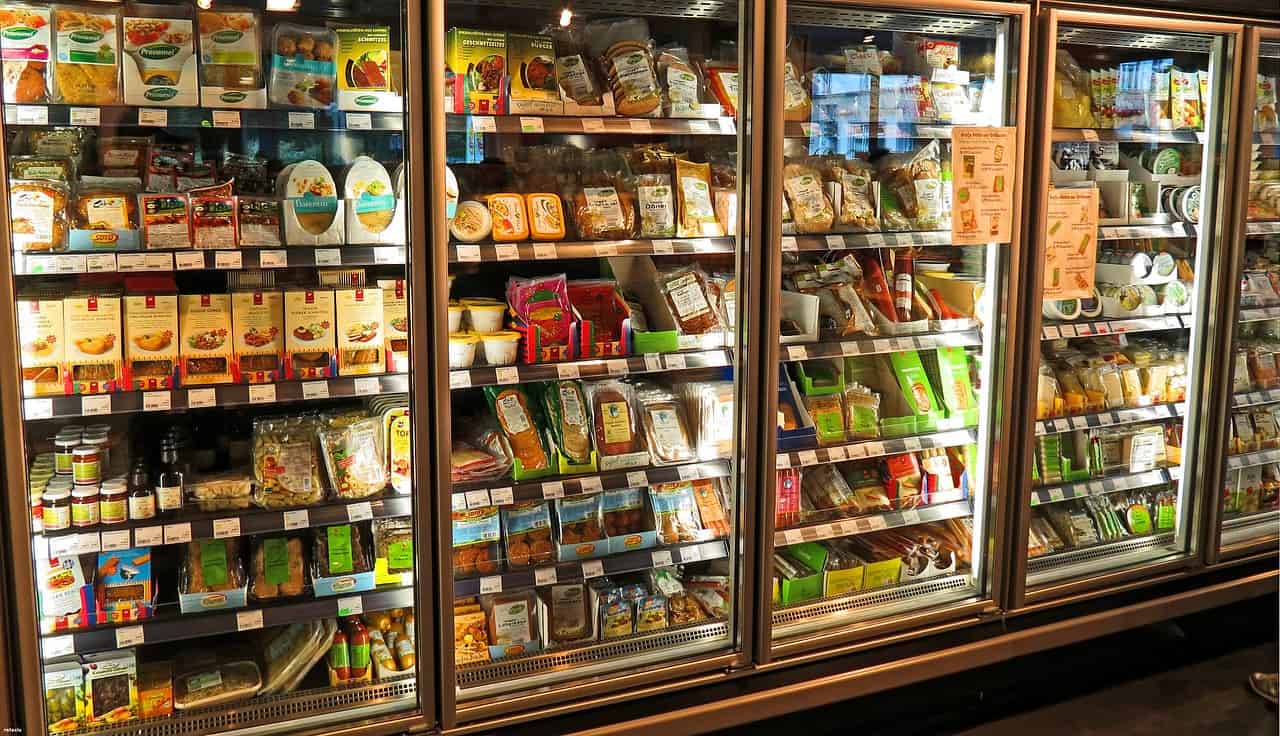- Phone: 306-970-1552
- connect@gentleprocessing.ca
- 18-301 South Industrial Dr. Prince Albert, SK S6V 7L7, Canada

Refrigeration was a game changer in the modern world of food storage. The first commercially used refrigerator was made in 1854, but it was not until 1913 that home refrigeration became an option. However, refrigerators were little more than a box with ice for refrigeration before freon became available in the refrigeration industry in the 1920s. Refrigeration has certainly changed in our modern era, but let’s look back and see what food storage was like before the use of these modern amenities.
The notion of keeping food in outside storage areas can be foreign to modern homeowners, but this was the standard in many cold climate areas. Bird’s Eye, for example was initially started from seeing farmers freeze their produce outside in the winter climates of Springfield, Massachusetts. Meats were frozen in this manner as well, so if you lived in a cold climate, freezing your food in an outdoor shed or storage area was an option before refrigeration.
Food preservation through drying meats has been used for thousands of years and the process has been seen as far back as 12,000 BC. Egyptians utilized the dry, desert heat to properly dry poultry and fish with the use of salt to preserve the meat. This process reduces the amount of moisture within the meat to make it shelf stable. Dried meat can be safely stored at room temperature for years in some cases and this process is still utilized today by many preppers and outdoor enthusiasts that spend months at a time in the wilderness.
Underground caverns are naturally cooler in the summer, so when the summer sun begins to beat down, outdoor storage facilities are no longer affective. However, many villages utilized natural caverns for storing foods at lower temperatures during the warmer months. Although long term storage was not available with this method, the lower temperatures did preserve foods for a longer period. Communities worked together to ensure everyone was fed in those days, so a communal food storage cave was remarkably common.
Pickled foods are still available today and where most people believe they are merely ways to preserve cucumbers, pickling has been used for many years to preserve a variety of different foods. Initially, pickling was the act of preserving foods in beer or wine, but the use of vinegar offered more of a variety and is still the primary way to pickle items in the modern world.
Refrigeration practices and equipment may have changed the face of the food industry, but what remains is the potential for foodborne illnesses. Bacteria and contaminants can cause illnesses and potentially lead to death and outbreaks still happen. It is time to take on foodborne illnesses at their core with Gentle Processing™. Gentle Processing™ can be implemented at any part of the food processing procedure to ensure the eradication of bacteria that leads to potential foodborne illnesses. If your food is not processed with Gentle Processing™, how do you know it is truly safe?